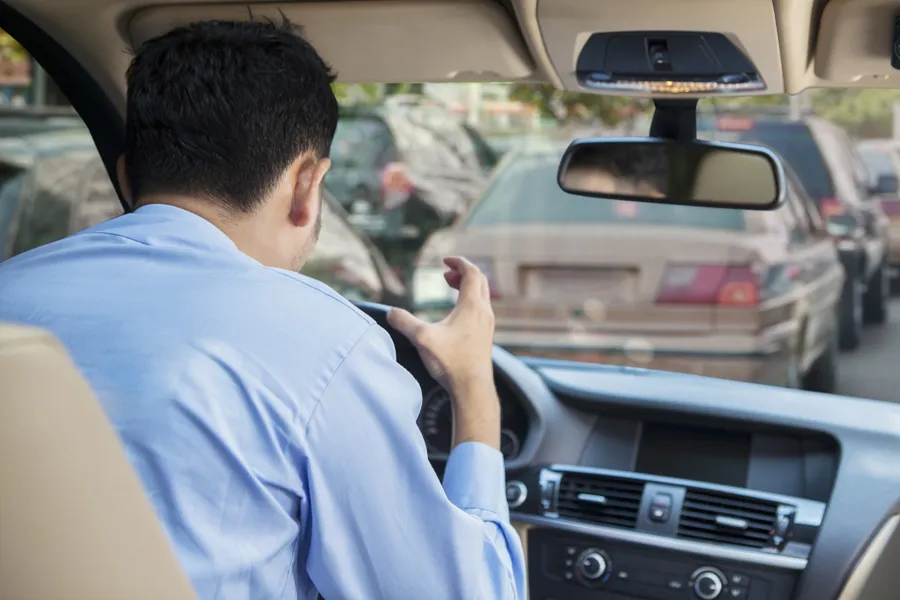The latest addition to the smartmicro range of radar traffic detectors is the combined stop bar and advance detector, which the company claims offers a range of up to 180 metres and can effectively replace loops at the stop bar and at advanced approaches.
September 11, 2013
Read time: 1 min
The detector also features lane specific advance detection and a flexible event trigger module which allows up to sixteen lane-specific zones (virtual loops) for which the user can set events, which will cause a trigger signal.
smartmicro’s managing director, Dr Ralph Mende comments: “We felt that our radar detector could do more than just stop bar detection. This is why we have integrated our advance detection technology in the same product line; it gives the customer a second application for the same cost. From now on users can use a single radar for stop bar and advance detection simultaneously. It works well for most intersections.”









